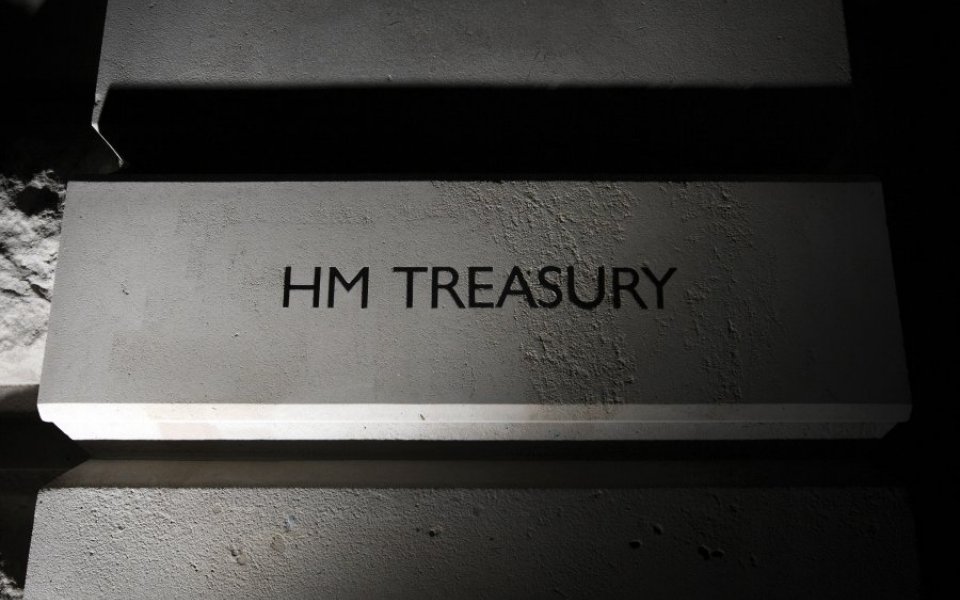Gilts opened up to retail investors as Treasury seeks new sources of demand
The changes will allow retail investors to participate in the auctions for the first time, meaning investors can benefit from the slightly discounted prices attached to new bonds.


Retail investors will be offered direct access to UK government bonds, known as gilts, as the government seeks out new sources of demand for debt in an increasingly constrained fiscal position.
Starting from 28 February, Winterflood’s Securities’ Retail Access Platform will allow retail investors to access new gilts directly via the investment platforms Hargreaves Lansdown and Interactive Investor.
Previously, only institutional investors had been able to participate in gilt auctions, but the changes will allow retail investors to participate in the auctions for the first time, meaning investors can benefit from the slightly discounted prices attached to new bonds.
“Opening up new gilt issuance to retail investors is something that we have been working towards for a number of months,” Andrew Stancliffe, head of execution at Winterflood, said.
“Thanks to positive engagement from retail platforms, we are delighted that this is now a reality, and we are looking forward to using the WRAP platform for this new gilt auction and for further gilt auctions going forwards,” Stancliffe continued.
As interest rates have climbed, gilts have become an increasingly attractive option given their risk-free nature.
Over 25,000 Hargreaves Lansdown clients hold one of the 57 gilts available, the firm said, while gilt trading volumes increased 315 per cent in 2023.
“Muted equity markets and higher interest rates have led to a significant rise in client demand for fixed interest products,” Tim Jacobs, head of primary markets at Hargreaves Lansdown said.
The change comes as the government is likely to have to source more and more debt from the private sector due to the winding down of quantitative easing.
Economists at Nomura think that the private sector will be asked to finance £206bn from private investors this year before rising to £237bn next year. That means the government will borrow more from the private sector in the next two years than the previous nine combined.



